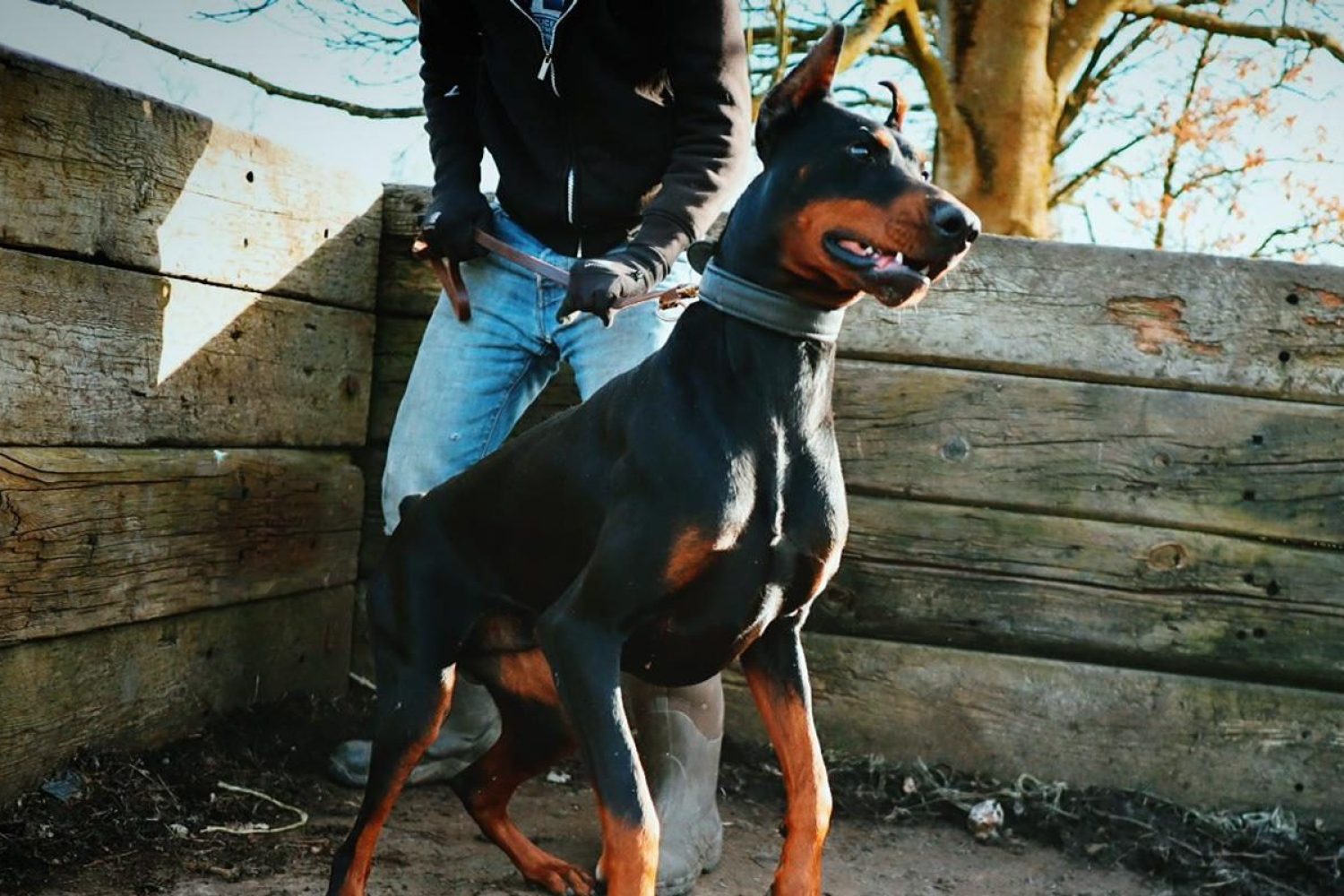In the realm of personal protection, there’s a common misconception that simply choosing the right breed is sufficient to ensure an effective guardian. However, the truth is far more nuanced. While breed characteristics certainly play a role, the individual temperament, behavior, drive, and training of each dog are equally—if not more—important factors in determining its suitability for personal protection. In this article, we explore why the individual dog matters and why relying solely on breed selection may not be enough.
Temperament and Personality
Every dog, regardless of breed, possesses a unique temperament and personality shaped by genetics, upbringing, and life experiences. These individual traits have a profound impact on the dog’s suitability for personal protection work. While certain breeds may have a predisposition for protective instincts, not every individual within that breed will exhibit the desired temperament traits. It’s essential to assess each dog on its own merits, considering factors such as confidence, sociability, drives and responsiveness to training.
Trainability and Work Ethic
The trainability and work ethic of a personal protection dog are crucial factors in its effectiveness as a personal protection dog. While some breeds are known for their intelligence and trainability, individual dogs may vary widely in their aptitude and willingness to learn. A dog with a strong work ethic, keen focus, and a desire to please its handler will likely excel in protection training. Conversely, a dog that lacks motivation or exhibits behavioral issues may struggle to make the grade for a personal protection dog, regardless of breed suitability
Drive and Motivation
Drive refers to a dog’s innate desire and motivation to perform a specific task or behaviour. In personal protection work, drive is a critical factor that can significantly influence a dog’s effectiveness. Dogs with high levels of prey drive and defense drive are often well-suited for protection tasks, as they possess the natural drive and motivation to engage with potential threats. However, the intensity and focus of drive can vary widely among individual dogs, regardless of breed. Assessing drive levels and channeling them effectively through training is essential for maximizing the dog’s potential as a protector.
Prey Drive and Defense Drive
Prey drive refers to a dog’s instinctual desire to chase and capture prey. Dogs with high prey drive are often alert, energetic, and responsive to movement, making them well-suited for tasks such as apprehension work and sports. On the other hand, defense drive relates to a dog’s willingness and ability to protect itself, its territory, or its pack members from perceived threats. Dogs with strong defense drive are valuable assets in personal protection scenarios. While some breeds may exhibit higher levels of prey or defense drive on average, individual dogs within those breeds can vary significantly in their drive levels and how they manifest in real-world situations.
Health and Physical Fitness
In addition to temperament, trainability, drive, and behavior, the individual dog’s health and physical fitness are essential considerations in personal protection work. A dog that is physically fit, free from hereditary health issues, and well-conditioned for the demands of protection tasks will perform more effectively than one that is compromised by health concerns.
Handler Compatibility
The relationship between the dog and its handler is another crucial aspect of personal protection work. Even the most genetically predisposed dog may struggle to perform if it lacks a strong bond and rapport with its handler. Compatibility between the dog and its handler—both in terms of personality and training style—is essential for effective communication, teamwork, and trust-building. A skilled handler can bring out the best in a dog, maximizing its potential for success in protection tasks.
Environment and Lifestyle
Finally, the individual dog’s environment and lifestyle play a significant role in its suitability for personal protection. Factors such as living arrangements, family dynamics, and daily routines can impact the dog’s behavior, socialization, and overall well-being. It’s essential to consider how the individual dog will fit into its intended role within the household or security team, taking into account its unique needs, preferences, and abilities.
In conclusion, while breed characteristics provide valuable insights into a dog’s potential suitability for personal protection, they are just one piece of the puzzle. The individual temperament, behavior, drive, training, health, and handler compatibility of each dog are equally—if not more—important factors to consider. By focusing on the unique qualities of each dog and tailoring training and care to its specific needs, owners can ensure that their personal protection companion is truly capable of fulfilling its role as a trusted guardian.
